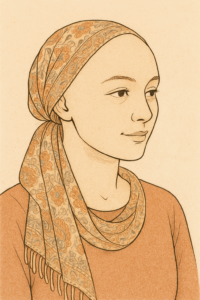Alopecia areata is an autoimmune disorder in which the immune system mistakenly attacks hair follicles, resulting in sudden, patchy hair loss on the scalp, face, and sometimes other areas of the body. It can begin at any age and often appears suddenly, with no prior symptoms.

